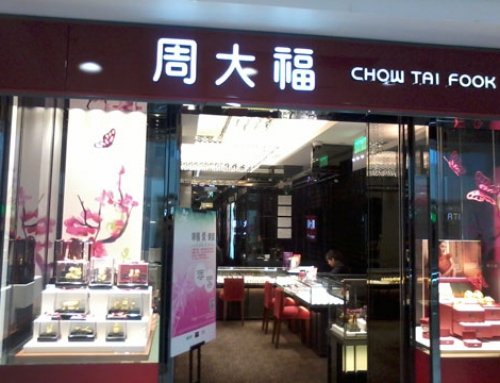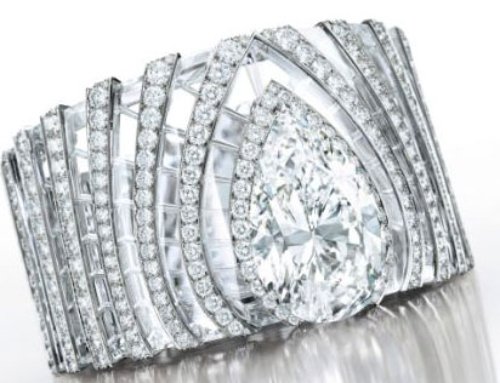De Beers’ sales of rough stones are down this year, as are those of Russian Alrosa. Their customers have a lot of inventory that they continue to reduce. Concerned by the impact of the trade conflict between the United States and China, the sector is also concerned with the arrival of synthetic diamonds.
Is the diamond market in crisis? Paul Zimnisky, one of the leading analysts in the sector interviewed by the Financial Times, prefers to speak of “unease“. The fact is that the new gloomy news is accumulating, against a backdrop of growing uncertainty about the health of the global economy.
De Beers, the world’s largest producer, reported that its latest sales, made per cycle on ten occasions during the year, fell by 44% to $280 million. Its previous sales had been even less successful. The company had only collected $250 million, the lowest amount since 2015. As a result, at this point in the year, De Beers’ sales are $1 billion lower than the amounts recorded for the same period in 2018.
Its major competitor, the Russian Alrosa, does no better: the group saw its sales fall by more than 50% in July to $164.6 million.
It’s hard to be profitable
De Beers, a subsidiary of the mining giant Anglo American, sells the vast majority (90%) of its rough diamonds at sights, events reserved for its major customers, which it organizes in Africa. It sells the rest of its gems (10%) through auctions. But for several months now, those known as sightholders – less than a hundred cutters, polishers and stone merchants, who are among the world’s leading diamond dealers, have been extremely careful in their purchases. They have accumulated a lot of stock. The trade conflict between China and the United States, the two largest markets for diamond jewellery, is weighing on demand. As well as recent events in Hong Kong. For some of them, it has become difficult to be profitable.
“As mid-sector participants continue to reduce their stocks of polished diamonds and production in major cutting centres, De Beers has offered customers greater flexibility in sourcing during the seventh cycle of 2019,” said Bruce Cleaver, General Manager. According to Bloomberg, the latter had the possibility to refuse to acquire part of the gems and to sell others to De Beers on favorable terms. A concession that is a first for the company more than a century old, since sightholders are usually required to accept the price of stones and the quantities offered. Many jumped at the opportunity to postpone their purchases.
The challenge of synthetic diamonds
Mining producers are also facing the rise of synthetic diamonds. Long confined to industrial use, “artificial” diamonds have recently made a notable entry into the world of jewelry, thanks to technological progress. To the point that the rise of these machine-forged stones in a few days could compete with natural stones (especially those intended for fantasy), which were created 1, even 2 or 3 billion years ago. Their emergence and long-term impact are one of the major challenges facing the sector. They now represent a very small part of the market but they are progressing.
In the first half of the year, De Beers’ earnings declined by almost 30% and the company announced that it intends to limit its diamond production to the minimum of this year’s expected range. However, its management continues to be optimistic about the global market in the coming years, and is betting on an increase in consumer demand.







